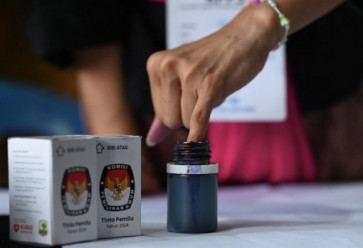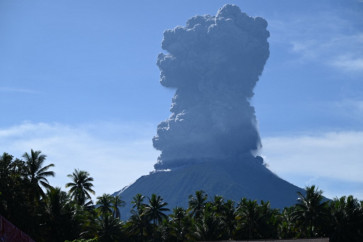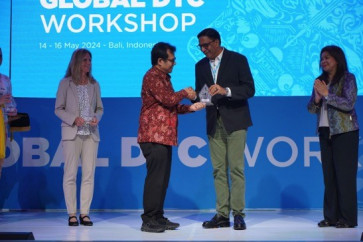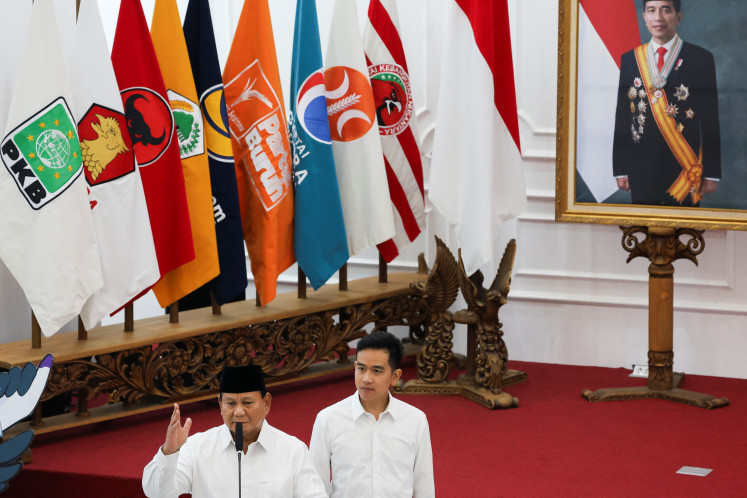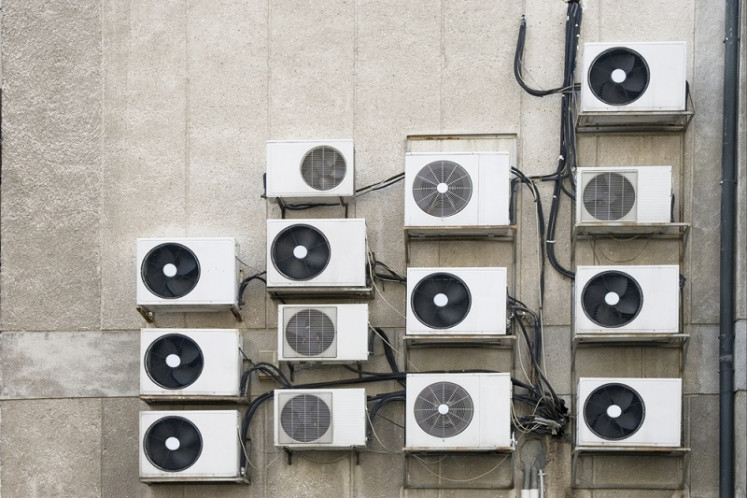Indah Arsyad: Metamorphosing science & technology through artistic expression
A landscape and environmental engineer by trade, Indah takes her technical training and insights and transforms them into creative works that comment on the human condition.
Change Size
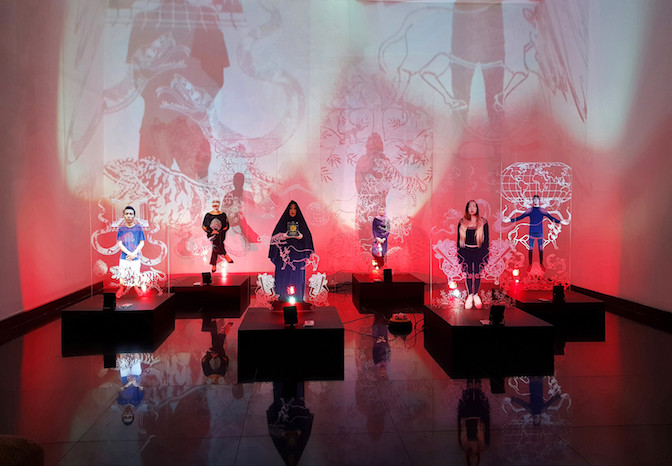
T
em>The Breath is a compelling digital video installation combining art, science, technology and the human spirit that deals with the shortness of oxygen.
“I can never forget the cry, ‘I can’t breathe,’ which George Floyd uttered repeatedly before he died under the knee of a police officer on his neck,” explained Indah Sulistiowati Arsyad.
As the coronavirus pandemic ravaged the world, Indah became painfully aware how important oxygen is to human life. She went researching, going so far as to take samples of seawater to study the effects of pollution on phytoplankton, which accounts for up to 85 percent of oxygen in the Earth’s atmosphere. She even visited the laboratory of the Indonesian Institute of Sciences (LIPI) Research Center for Oceanography to further her research.
Indah has come full circle with her video installation, in which the sound of heavy breathing punctuates the background as images flash and animals traverse across the dark, menacing atmosphere reflected in the display monitor.
She has also come to understand that, even in our time of advanced technology, ancient Javanese wisdom can provide enlightenment. According to Indah, Javanese mythology believes that Batara Surya and the kalpataru tree are the source of all life in the universe, the mythical equivalent of the scientific understanding of oxygen. Presenting Batara Surya as animated animals traipsing between a grove of kalpataru trees is a stroke of sheer innovation that confirms her visionary perspective.
Letting go
Indah studied art under the bohemian-esque, German-educated senior artist Teguh Ostenrik.
“He taught me to let go and feel free to express myself and use whatever technique, material or objects I wanted,” said Indah, who is also a landscape and environmental engineer. This was contrary to the mathematical precision she was used to in her training as a landscape architect but as it turned out, it helped clear out her problems, both personal and technical, and her creativity leapt ahead.
Indah was born in 1965 in Ambon, Maluku. She said she was attracted to art early on, but her parents wanted her to become an engineer. So she enrolled in the landscape engineering and environmental technology program at Trisakti University in Jakarta.
After she graduated in 1991, she continued to nurture her artistic urges, going to see exhibitions and taking art classes with Teguh, who urged, “Don’t worry about technique, materials, theme or object. Just do what you like.”
As she followed his advice, she “became herself”. It is therefore unsurprising that it is through her art works that her personality shines.
Identity and the human condition are a major focus of Indah’s artwork, through which she imagines a better world in her unique form of artistic expression.
Urban realities
Her portrayal of the endless traffic jams and severe pollution in the Indonesian capital, for instance, was born out of her concern for the sorry state of the residents living in the cramped alleyways of urban Jakarta, something she observed while driving in the city. Amid the urban brouhaha, her innovative bent emerged and she let her imagination fly, transforming her negative thoughts about the city into a futuristic vision.
Imagine flying over the city instead of through it, she thought. While the idea may not be new, her visualization of it is intriguing: a vehicle installation titled Racing Minds (2010) that meshes together elements of space, environment and technology. Featuring 21 tires made of white resin held aloft by white wings made of goose feathers, the vehicle was suspended hung from the ceiling of the Bentara Budaya cultural space. It lifts our imagination as it appears about to take flight toward future skies.
Another installation titled Butterfly (2019) emerged out of her deep concern for contemporary culture and the human condition. It bothered her greatly to hear parents and children talking in a language that was neither Indonesian nor foreign, she said, but rather a linguistic mishmash.
To visualize this layered transformation, she created an awesome 8-meter by 3.5-meter installation of figures representing the six people she had interviewed and photographed for the project, which she brought to life using simple devices like a projector, a flashlight and LED lighting. Mixed with ancient Javanese symbols and using wayang puppetry technique to project her subjects on the wall behind, she has imbued the work with a powerful aura in a peculiar mix of the new media in our contemporary world.
Her six human subjects differ in age and gender, as well as cultural, economic, religious and political backgrounds, and the research she undertook for the project confirmed for her the impacts of social and cultural assimilation. She found that all her interviewees changed after moving out of their place of origin or socializing with people of a different social stratum.
“It is like metamorphosis,” she said, “just like what happens with butterflies.”

